
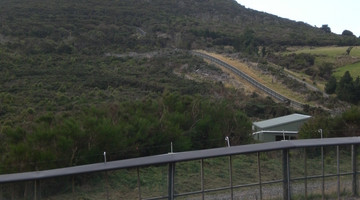
New Zealand birds evolved in isolation from natural predators for around 65 million years. When human settlers arrived, changes came rapidly, and birds were poorly adapted to withstand threats to ...
READ MORE

Barb and Neill Simpson are passionate conservationists working to promote conservation and to help create a healthy environment where native New Zealand flora and fauna thrive. From early ...
READ MORE
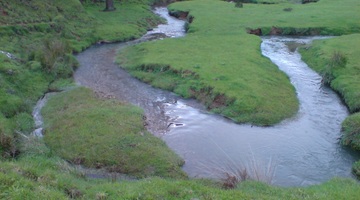
Riffles, pools, reaches, rapids, waterfalls, glides, eddies, meanders, overhangs and undercuts – there’s more to a stream than just water. Streams are smaller water bodies, characterised by ...
READ MORE

Can we make New Zealand pest-free? Lesson 5: Evaluate: So what? Urban ecosanctuary ZEALANDIA, with support from WWF New Zealand, has produced a comprehensive teaching resource supporting schools ...
READ MORE
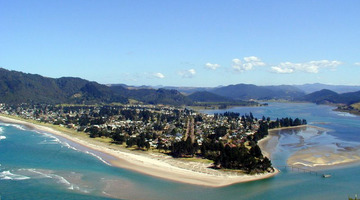
In this activity, students discuss how a variety of everyday objects can serve as metaphors for the important characteristics and functions of estuaries. By the end of this activity, students ...
READ MORE

In this activity, students take on the role of a stakeholder in New Zealand fisheries. In their role, they decide whether they agree or disagree with the statement ‘there are plenty of fish in ...
READ MORE
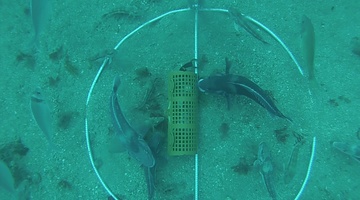
Come and visit Aotearoa New Zealand’s underwater world in this online citizen science project. Discover, count and identify unique fish species that live within our marine reserves ...
READ MORE
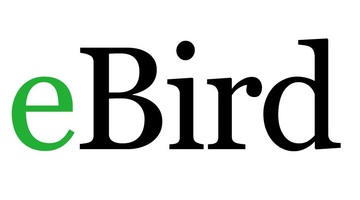
This comprehensive worldwide online citizen science (OCS) project collates bird species, numbers, locations and times of sightings into a large database. You can create a class as a user and, by ...
READ MORE
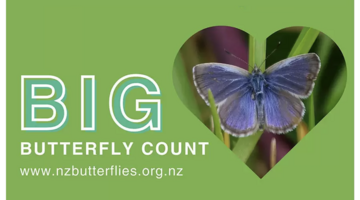
This New Zealand-based citizen science project collects data about butterflies in our gardens, schools, parks and farms – any location in the country or on the outer islands. This annual event – ...
READ MORE
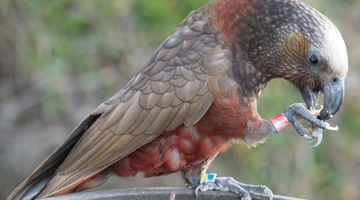
In this recorded professional learning session, Greta Dromgool and Ben Moorhouse from the Department of Conservation unpack conservation education and: introduce some exciting DOC resources aimed ...
READ MORE
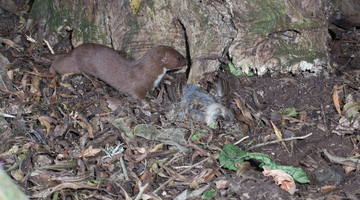
In this recorded professional learning session, Greta Dromgool from the Science Learning Hub and Adrienne De Melo and Ben Moorhouse from the Department of Conservation share the many learning ...
READ MORE
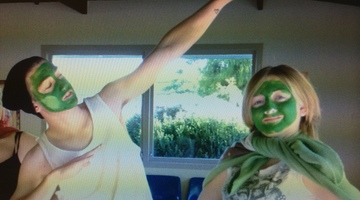
In this recorded professional learning session, Greta Dromgool from the Science Learning Hub and Ben Moorhouse from the Department of Conservation share their excitement about environmental ...
READ MORE
Researcher Cheri van Schravendijk-Goodman discusses the problem with culverts that disconnect habitats of fish from the main river. She describes the use of fish ramps and baffles and how they ...
READ MORE
Researcher Cheri van Schravendijk-Goodman explains why some plants are considered pest plants within the Waikato River catchment. These plants invade the catchment area and often compete with ...
READ MORE
This is a recording of the Eco-explorers PLD webinar.
READ MORE
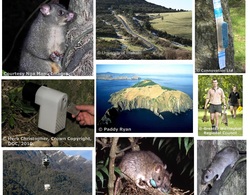
This slideshow allows students to consider some of the pros and cons of various methods of predator control. Use the Slideshow menu for further options, including view full screen, and go here ...
READ MORE
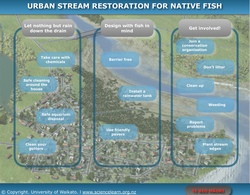
This interactive looks at some of the measures you can take to look after your local stream – because if you’re looking after your local stream, you’re looking after our endangered native fish ...
READ MORE

Learn how farms can keep waterways healthy for those downstream and for our precious native freshwater fish, all while benefiting farm health and the farming operation’s bottom line.
READ MORE